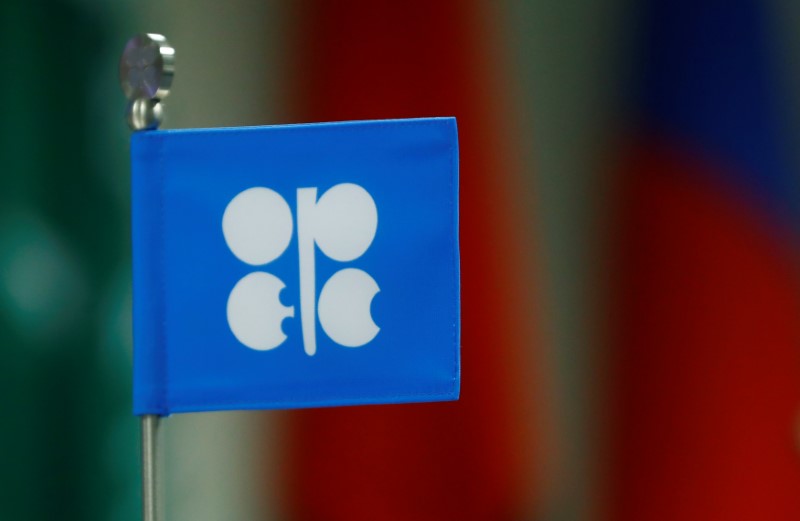By Anirban Paul and Nivedita Bhattacharjee
(Reuters) - Cuts in OPEC output that have led to a surge in U.S. oil exports to Asia may prove a godsend for struggling global shippers, driving rates for large crude shipments to China, India and other major oil importers sharply higher over the next year.
Operators such as Frontline Ltd (OL:FRO), Euronav (BR:EUAV) and Gener8 Maritime (N:GNRT) are still recovering from five years of weak rates and falling profits, and face more financial headaches after a glut of new supertanker launches.
But OPEC's strong compliance with output cuts agreed in 2016 is boosting prospects for the business by raising demand for previously little-used U.S.-Asia routes and allowing tankers to refill in the Gulf on return journeys to the United States.
"The impact of rising Asian demand will not be seen in strong earnings in the next two quarters, because there is still the problem of overcapacity," said George Los, the head of tanker research at U.S. ship brokerage Charles R. Weber Company.
"But by mid 2018 and by 2019 it will be able to make a notable impact on VLCC (Very Large Crude Carrier) rates."
The rate to ship U.S. crude oil from the Gulf of Mexico to Singapore
Prices for the more traditional Middle-East to Asia route are also up nearly 48 percent. Volumes for the U.S.-Asia route nearly tripled to 5 million barrels in September since the beginning of this year, as per Thomson Reuters shipping data.
"As this trend for U.S. exports to the Far East grows, the positive impact on our business will be felt in the second half of 2018 and beyond," said Brian Gallagher, spokesman for Belgian tanker operator Euronav.
Carnegie analyst Ola Ekern Rugsveen said average VLCC spot rates have risen from $10,000 per day during the summer to $30,000 in the months of September-October.
OPEC
U.S. crude exports have boomed since a forty-year old ban was lifted less than two years ago and have been spurred further by OPEC's move to cap output a year ago, reaching 2.1 million barrels per day in September of this year.
With Iran and Saudi Arabia putting aside differences that prevented caps from functioning in the past, the premium that users pay for OPEC-supplied Brent crude (LCOc1) over U.S. light crude (CLc1) rose to almost $7 on Oct. 31 - its highest in more than two years.
China has taken advantage of the widening spread, importing about 115,000 barrels per day (bpd) from the United States through September this year, up from a single cargo of under 1 million barrels between January and August a year ago.
India, the world's third-largest oil importer, said earlier this year it would buy crude from the United States for the first time and Thomson Reuters Oil Research and Forecasts put overall U.S. exports to Asia at around 261,000 bpd in the first eight months of the year - 10 times more than 2016.
Up to September this year, 30 VLCCs - defined as those with a capacity between 1.9 million and 2.2 million barrels - came on line, according to shipping brokerage firm VesselsValue. That is the result of orders placed when oil neared $200 a barrel last decade.
VLCC spot prices now are about the same as what they were a year ago and down 48 percent from the peak of $29.81 per tonne in 2015, before crude hit its lowest of $27.88.
"We're in a period of time where the fleet growth is quite significant so there's quite a bit of new tonnage coming into the market, that's what's preventing the market from going further," Lars Barstad, commercial director of Oslo-based Frontline said.
"We are cautious about the market going forward for the next couple of quarters until the fleet has stopped to grow. But come second half 2018 we think the market balance will kind of improve for us."
